Importing
Importing in our Campaign Manager interface lets you upload your databases and use them in VCC’s own Database section.
Table of Contents
- 1. Overview
- 2. Custom Fields
- Required and Unique
- Import Templates
- Add a new template
- Edit a template
- Delete a template
- Rename a template
- File to Database – Step 1 of 3
- File to import
- Import template
- Handling duplicates
- The difference between Keep new only and Override existing
- File to Database – Step 2 of 3
- Uploading your file
- File to Database – Step 3 of 3
- Your import is ready
- Import history
- Database import log
- From Database to Collection
- The Collection Tab
- About the filters
- From Collection to Campaign
1. Overview
To get a clear understanding of the import workflow, here is an overview of the main steps from uploading an offline CSV file database to using its records in a campaign.
Offline CSV → Database → Filtering, sorting → Collection → Campaign
- Most commonly a source file that contains the records is a CSV file, which is imported to the Campaign Manager database, as described below in the File to Database section.
- From the Database, following a filtering and sorting process, the filtered results are loaded into different collections.
- From a collection, records are loaded into various campaigns that are used by agents. For example:
- 60% of Collection_1 is loaded to Campaign_A, and
- 40% of Collection_1 is loaded to Campaign_B.
Note: You can also import data to a Database via API. Check out the related documentation about how to add and modify Customer data here.
2. Custom Fields
Using custom fields is a way to add more, customized attributes to your database. You can use these later on for filtering and sorting purposes. It is optional to create and use custom fields.
To add custom fields:
- Select one of your Campaign Manager projects
- Click on the Custom fields tab
- Select Add new field
- Type a name for your field, then set up the other attributes (Required, Unique, Field type)
- Press Save
Required and Unique
You can set the Required and Unique attributes to your custom field, but what do they mean exactly? Let’s take a closer look.
Required
It means that the offline database you want to import must include this field, and the field must contain values, otherwise the database and/or lines from the database are not imported to VCC Live.
Unique
It is a mandatory attribute if you want to use VCC Live’s duplication handling process, meaning that at least one of the custom fields needs to be set as unique to enable duplication handling.
If a field is set as unique, then the offline database you want to import must include this field, and the field must contain values, otherwise the database and/or lines from the database are not imported to VCC Live. Important: the values must be also unique in a sense that each line of your database must have a different value for this field.
To illustrate this with some real-life examples: typical fields that can be considered as unique are: IDs or email addresses. Typical fields that cannot be considered as unique are: places of birth, preferred political parties, etc.
Note: If you have a custom field that is set as unique, then it needs to be added to your import template (see next chapter). You can set more than one field as unique.
Tip: If you want to have your database imported without any sort of filtering, then do not set any field as unique.
Import Templates
Before you start importing your database, you need to create and set up an import template.
The import template section is located in the upper right-hand corner of the Campaign Manager interface, behind the meatball menu (three-dot icon) as Import templates.
Add a new template
To create a new template:
- Click on the + icon next to the title
- Enter a name for your new template
- Press Create
Note: If you have a custom field that is set as unique, then it needs to be added to your import template (at least one).
Edit a template
Below you can find a list of available actions you can do to edit your template.
Add a mapping attribute row to the template
Click on the + Add mapping attribute button, so you can start creating the template. To have more rows of mapping attributes, simply click on the + Add mapping attribute button again.
Assign a Column name to a Database field in a mapping attribute
In the first column, enter the column name of your database file you are about to import, then in the second column enter the Database field name that is assigned to the source file’s column name.
In case of contact data types (such as contact title, contact, name, contact phone, contact email), you can further select which contact (1-9) you want the selected field to be assigned.
Once you have added and edited all your necessary mapping attributes, press either Save changes or Save and close.
Delete a mapping attribute row in the template
Click on the red cross icon at the end of the mapping attribute row.
Delete a template
- Click on the kebab menu (vertical three-dot icon) next to the name of the template.
- Select Delete template.
- Confirm deleting the template in the pop-up window.
Rename a template
- Click on the kebab menu (vertical three-dot icon) next to the name of the template.
- Select Rename
- The name of the template becomes highlighted and editable.
- Press Enter or click elsewhere in the window to confirm your changes.
File to Database – Step 1 of 3
File to import
- Click on the Import button in the upper right-hand corner of the Campaign Manager interface.
- Locate the database file to be imported from your local drive. This file should be in CSV format.
You can either drag and drop it from your computer’s file management window or you can click browse file, and upload it right away.
Import template
Import templates are used for recognizing the file structure of your uploaded file. Moreover, it determines how CSV fields and your custom fields in VCC are paired.
From the dropdown list, select one of the import templates you have set up.
Handling duplicates
If you are importing your CSV to the Campaign Manager database, there might be cases when your imported file contains data that already exists in VCC. In this case, the importing process would result in creating duplicate files. In order to handle this in a clear and understandable way, there are a few options you can choose from:
-
Ignore duplicates
-
Consider and sort out duplicates
2.1 Keep existing: The import process ignores the ‘new’ record data in the imported file and keeps only the record already existing in the Campaign Manager database. During the import process, the already existing record data in the Campaign Managers database do not get updated as per the imported file, yet new records do get imported to the database and appear in the Campaign Manager as new lines. Therefore, if one particular record already exists in the database (as per the unique custom fields), then the update does not take place.
2.2 Keep new only: The import process overwrites entirely the record already existing in the Campaign Manager database and keeps the ‘new’ record’s data in the imported file only.
2.3 Override existing: With the exception of empty values, the import process updates the existing record data in the Campaign Manager database with the ‘new’ record’s attributes.
Note: In order to enable duplicate handling, you need to have at least one custom field set as unique. Learn how to set a field as unique in the Custom Fields chapter above. If this is set, then duplicate handling for phone numbers and email addresses is carried out automatically.
The difference between Keep new only and Override existing
The best way to describe the difference between the two is to use an example:
If one of the attributes of the already existing record holds a value and the same attribute of the new record is an empty value, then
- In case of Keep new only, this attribute would be an empty one, but
- In case of Override existing, this attribute would keep its original value
File to Database – Step 2 of 3
Uploading your file
Uploading your database file takes place on this screen. Based on the size of your file, this might take several minutes to finish.
File to Database – Step 3 of 3
Your import is ready
On this screen, you can see the number of records that have been successfully uploaded, and the number of records the system could not upload.
These errors are listed on this screen, so you can see what caused the problem. You can also download these errors, so you can correct them, and then upload them again.
Pressing Finish import finalizes the import process, and your new records will appear in your Campaign Manager database.
To indicate the successful import of your CSV file, a green toaster appears in the bottom right corner of your screen.
Import history
Based on the importing workflow described above, you can find a database import log in the application as well. Find a brief description of each of them below.
Database import log
This log includes all CSV files that were imported to the Campaign Manager database. For each file, you can find the following information:
- Name of the file
- Number of records
- Completed: The number of Customer records already loaded to the application. In case of an import that is in Progress, this will continuously increase.
- Date of import
- Name of the user who performed the file import
- Status of the import (Finished, Failed, Validating, InProgress or Canceled)
Finished: The import process is carried out successfully.
Failed: An error occurred during the import process and it was not carried out.
Validating: It means that the import process has stopped for some reason, early in the process. By clicking on the three-dot icon and selecting Open import, you can continue the import process.
InProgress: The import process is in progress at that moment.
Pending: The import process is over, but finalization is required from the user to finish the import process.
Canceled: The import process has been stopped by a user.
You can reach it by navigating to the History tab.
From Database to Collection
Collections are groups of records compiled with a specific goal in mind, prepared to be used in one or more campaigns. Once you have created a database, the next step is to load a certain part of it (or all of its records) to one or more collections. Here’s how to do it:
- Navigate to the Campaign Manager interface and select the Database you want to use.
- Use the Advanced Filter to create a specific list of results you want to use in a collection. To learn more about the Advanced Filter, please visit our related guide.
- In the upper right-hand corner, select Load to collection… from the meatball menu (three-dot icon).
3.1 If you want to load it to a new collection, select the New tab and enter a name for your collection.
3.2 If you want to load it to an existing collection, choose the Existing tab and select the collection you want to use. - Press the Load to collection button.
To indicate the successful loading process of the filtered database, a green toaster appears in the bottom right corner of your screen.
The Collection Tab
The Collection tab lets you monitor, edit or remove the collection you have created, before loading it to a VCC Live campaign.
On the main interface, you can see the most important details of your collection, indicated in separate columns.
- Name shows the name of your collection
- Assignable shows how many records can be assigned to a campaign. In other words, it shows the number of records left from the total collection, that can still be used for a campaign.
- Created by shows the name of the user who made the collection
- Created at shows the time and date of the creation
- Total shows the total number of records included in the collection
- Active shows how many records are currently active in this collection
- Filter assigned shows the name of the filter that is applied to the collection.
About the filters
Filters are set to monitor new additions to your database. This means that when a new set of data (records) is added to your Customers list, then the filter in the Collections tab is applied to the new dataset and Collections will include new records if the filtering rule applies to them.
If you modify a filtering rule, that results in leaving out records from the collection, then our system does not actually remove those records, it just sets their status as inactive.
Please note, that collections are auto-updated as described above only when a filtering parameter is assigned. If you don’t want your collection to be affected by further database uploads, then simply apply “No filter” to your collection.
From the three-dot menu, you can access further actions for your collection:
- Open collection: Opens the collection and shows the active records.
- Active records mean that those can be loaded into a campaign.
- Inactive records mean that these are not loaded to a campaign. This appears when a filter is assigned to the collection because you are not planning to load all records to a campaign.
- Edit: Here you can rename the collection, assign filters, or set a duplication handling rule. The collection’s contents are automatically updated, based on the selected filter’s scope. Changing the filter also modifies the collection’s records.
- Delete: It removes the collection from the list.
From Collection to Campaign
Campaigns are focused efforts for your business to break down your customer interactions into segments to create or capitalize on opportunities to generate more sales or better service.
You can create campaigns by adding collections to them. Here’s how to do it:
- Navigate to the Collections tab on the Campaign Manager interface.
- Hover the mouse over one of the Collections and select Add to campaign.
- Refine the matching records and set the number of records to distribute to one or more campaigns (optional step).
- Choose your target campaigns. You can use the vertical scroll bar to look up the ones you need to find, or you can use the search bar instead. Once you have selected all of them, press Done.
- Define the distribution proportion: here you can set precisely how many records should each campaign receive. Indicating the current status of your distribution, you can find a status bar on the top of this pane.
- If you have set up your records accordingly, press Load records.
To indicate the successful loading process of the filtered database, a green Uploaded icon appears in the bottom right corner of the pop-up window.
Related articles
There's always more to learn. Discover similar features by visiting related articles:
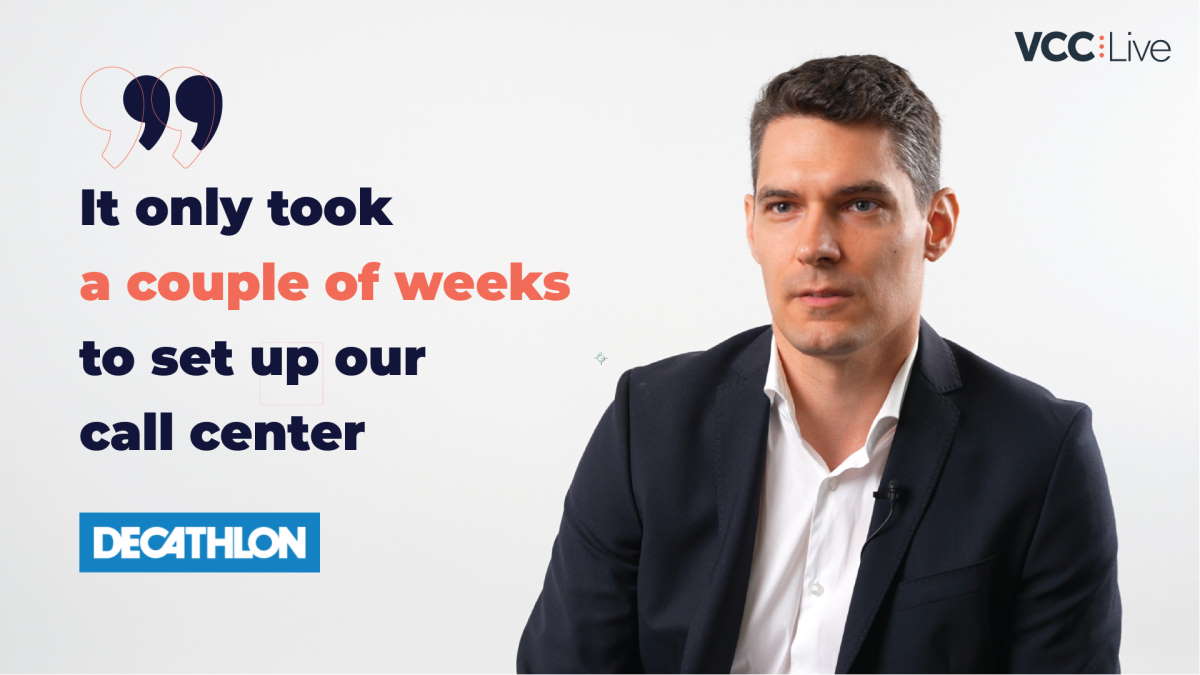
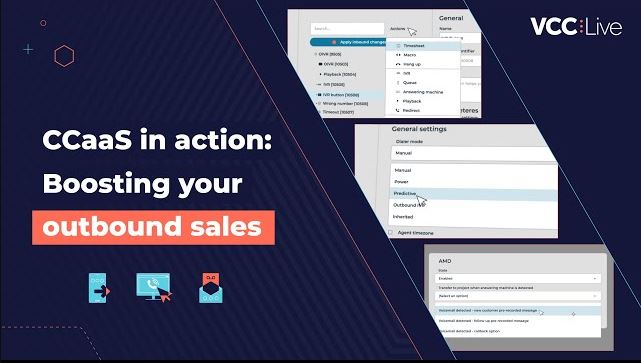

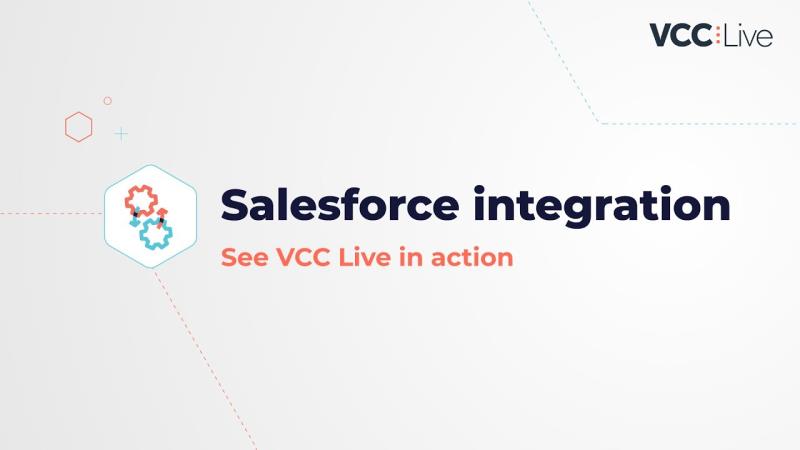
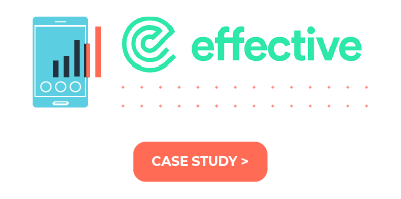
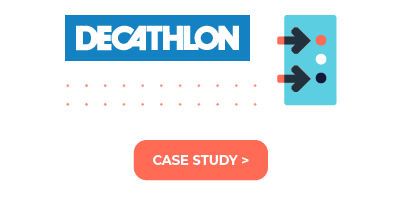
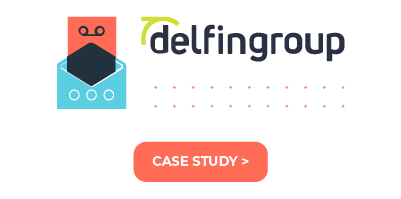
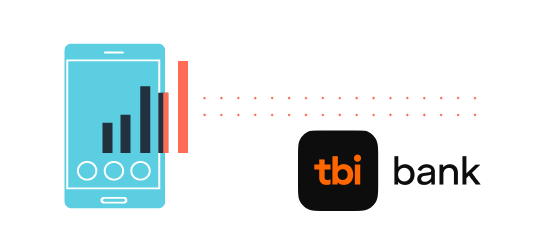




Comments
Can’t find what you need? Use the comment section below to connect with others, get answers from our experts, or share your ideas with us.
There are no comments yet.